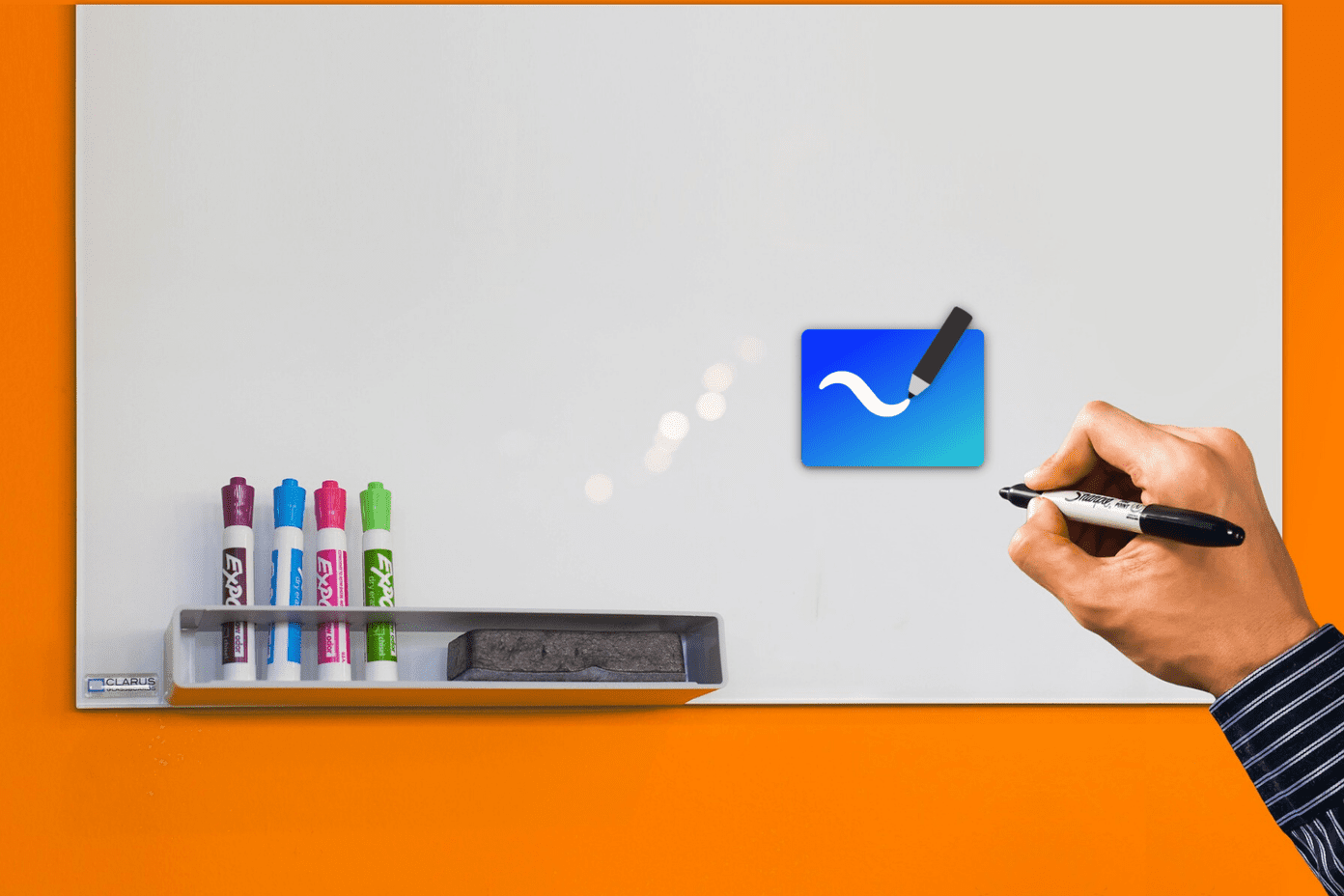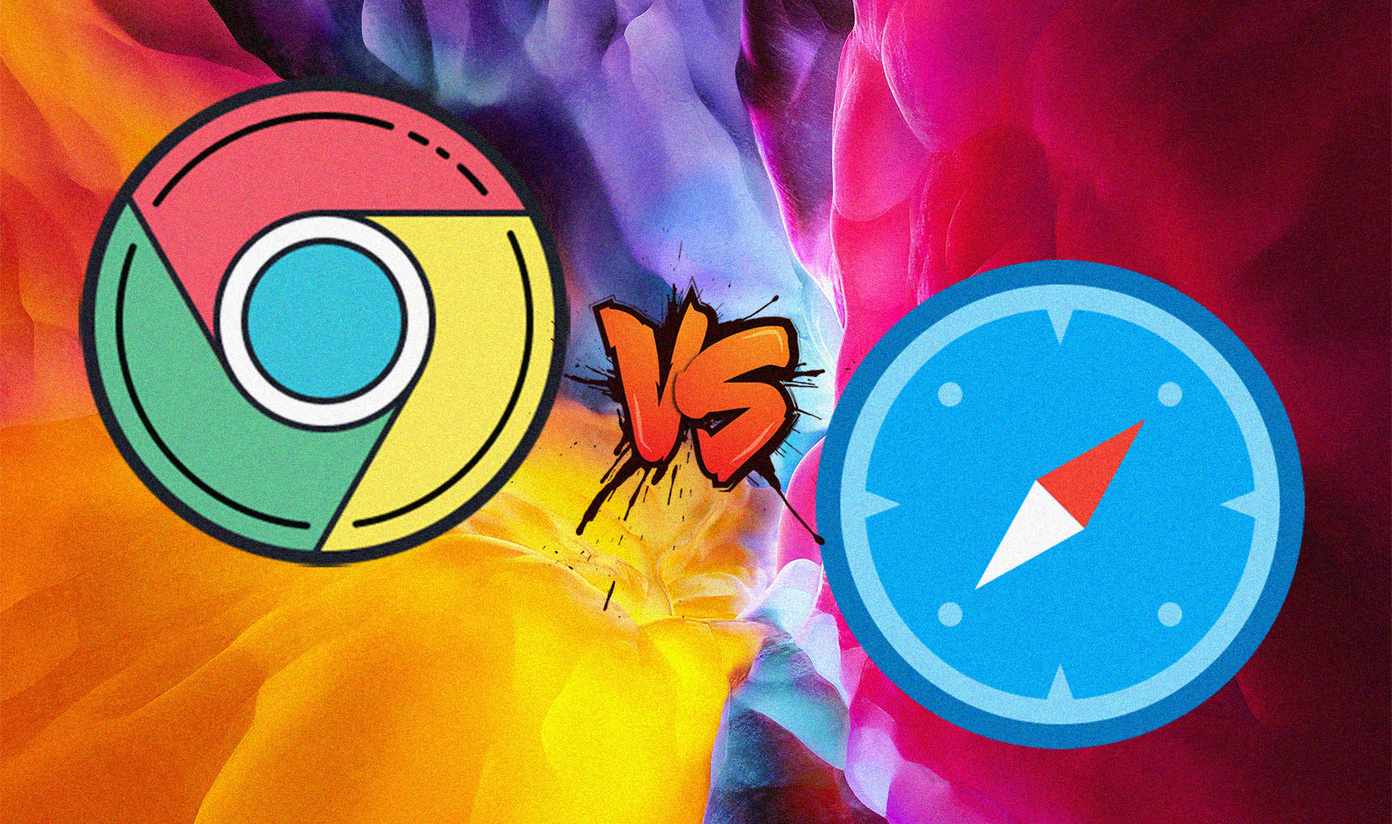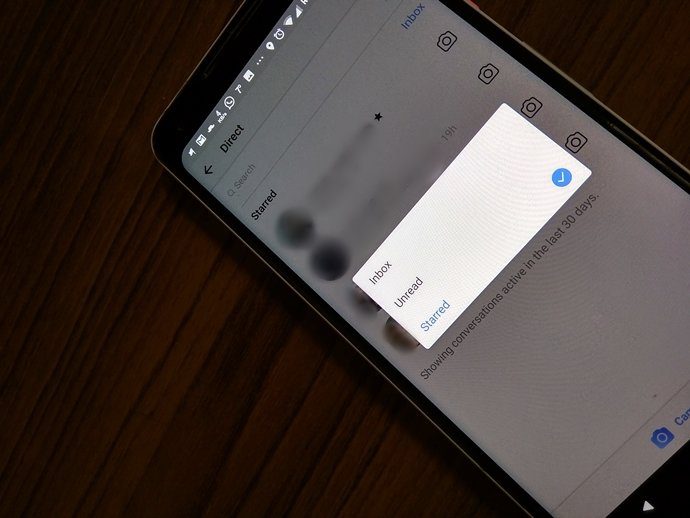It offers clipboard sync, file transfer and notification mirroring across platforms, which also includes iOS. All was good and happy until they introduced paid subscription and put two of the most sought after features behind a paywall. That did not go well with some users as there where no replacements available. But that changed with the release of Join. Join brought all the major features that Pushbullet had without the monthly pay model. So comparisons are abound. I have used both the apps for the last few months extensively across three devices, Android, my Windows laptop & desktop PC. So let’s jump to the topic.
Join
Setup for Join straightforward, install the app from the Play Store, install the required extensions for browser, log in with your Google account and you are done. The default screen shows the devices list which are attached with your account, and selecting one of them opens a chat-style UI, much like Pushbullet. After this initial setup, no intervention is needed. Incoming notifications (including SMS), clipboard content and few other things will automatically get synced across devices. The additional things you can do is get a screenshot, request location data, remotely ring your phone, send Chrome tabs and links. One of the major feature here is the Tasker integration which opens flood gates to a number of contraptions that can be set up. And it uses your Google Drive for storing and syncing purpose, so the data is not getting transmitted through any third party server (of course except Google’s).
Where Join Excels
There are many aspects where Join is better than its rival. The foremost being the pricing. As opposed to the subscription model of Pushbullet, Join is a one time purchase, with price depending on how generous you want to be towards the developer. At minimum it costs about $5. Next is the use of Google Drive for storing & syncing almost everything, which I mentioned above. The advanced features with integration for Tasker & Eventghost gives Join hidden automation superpowers. And the small things such as requesting screenshot or requesting location co-ordinates are also very good features. So a TL;DR,
One time low purchase priceSlightly faster notification speedAdvanced integration for Tasker & Eventghost
What it Lacks
Setting up devices to work seamlessly together is out of question if someone finds hard to comprehend the concept of syncing notifications & clipboard across devices. Join is not easy for non-geek users, as Pushbullet. The advanced features will be of no use if one can’t get to work the basic syncs correctly. Next is the non-support for iOS, but it is understandable as all the dev’s apps are around Android. Lack of native Firefox extension is also a bit startling.
Less polished interfaceOnly Android supportNo Firefox Support (web only)
Cool Tip: To sync the conventional stuff like photos & videos in Android, we have a guide here.
Pushbullet
I think many might be familiar with setup process for Pushbullet. It’s on the same lines as Join. Jumping directly to the main screen I will let the below image explain the rest. Along with the usual syncing features, Pushbullet gives a social aspect to the whole thing. You can make “friends” and push and receive things. Then there are channels on different topics which you can follow to get latest news and updates on the topic. Remote files is another novel feature for accessing files on your Windows PC, which Join lacks.
Where Pushbullet Excels
It’s the extra little features that make Pushbullet better. Features like Remote Files, notifications for incoming calls and socio-news channels may sway a user towards it. Also the UI is better with emphasis on simplicity to guide a non-tech person to setting it up with minimal fuss. Also the friends options lets you share anything easily, provided he or she is also a Pushbullet user. So summarizing the good stuff,
More polished interfaceIncoming call notificationiOS supportRemote Files option
What it Lacks
The major downside, as I have already said before, is the pay model. At its minimum, Pushbullet costs about $4 monthly. While the extra features are of course useful, not everyone will find a need for them. Instead of the two crucial features of the core service, if Pushbullet would have kept these extras as an add-on we wouldn’t be thinking of alternatives. And users invested in Apple’s ecosystem already have Apple’s own services. Lack of advanced features is also another limitation.
Most useful features behind paywallLacks advanced featuresRedundant in Apple ecosystem
Conclusion
So which of the two do you prefer? Both have the same main features of syncing it’s the extras that will decide which one gets a place on your phone. Do let us know your thoughts through comments. SEE ALSO: How to Make P2P File Transfers on PC and Android Directly from the Web The above article may contain affiliate links which help support Guiding Tech. However, it does not affect our editorial integrity. The content remains unbiased and authentic.












